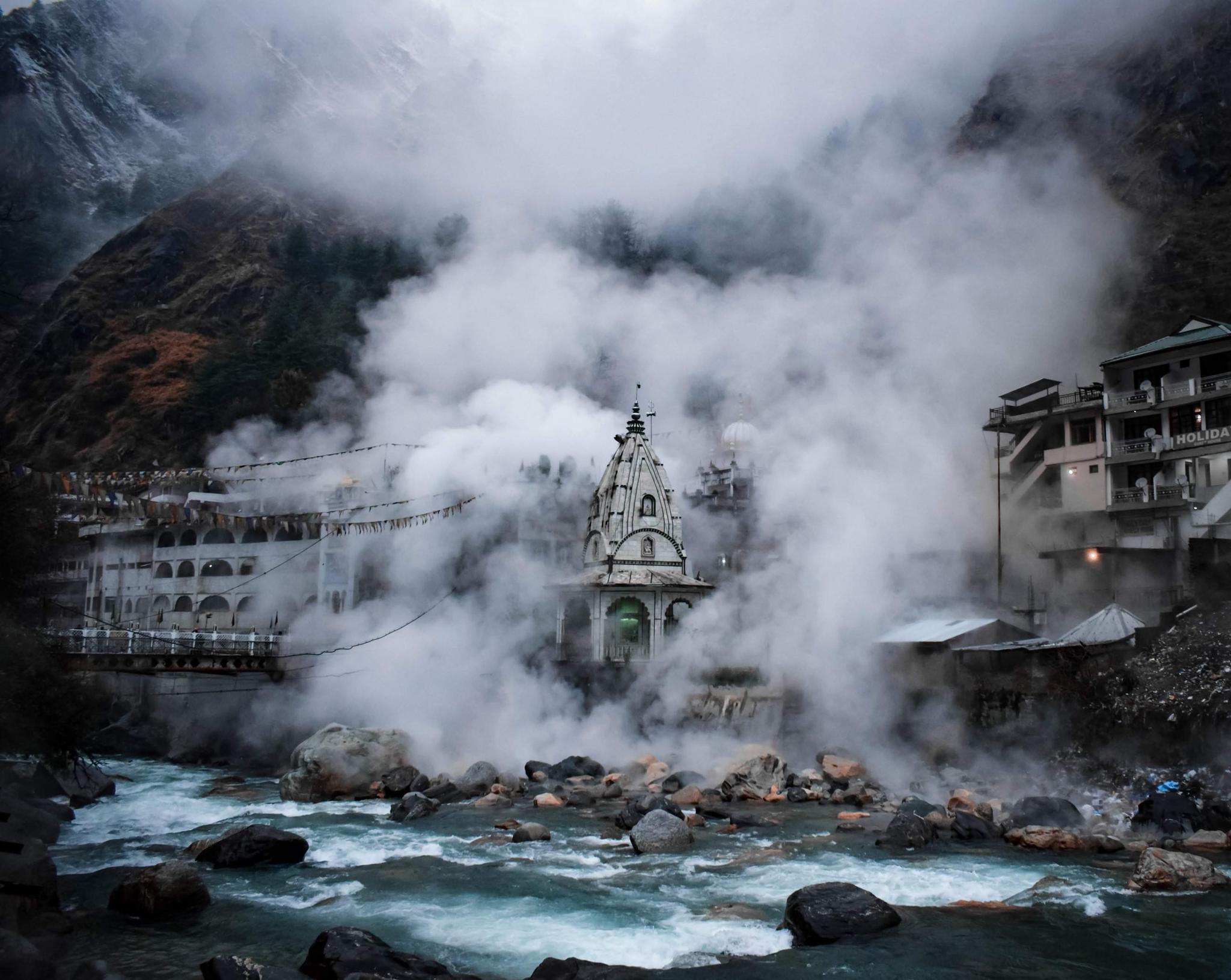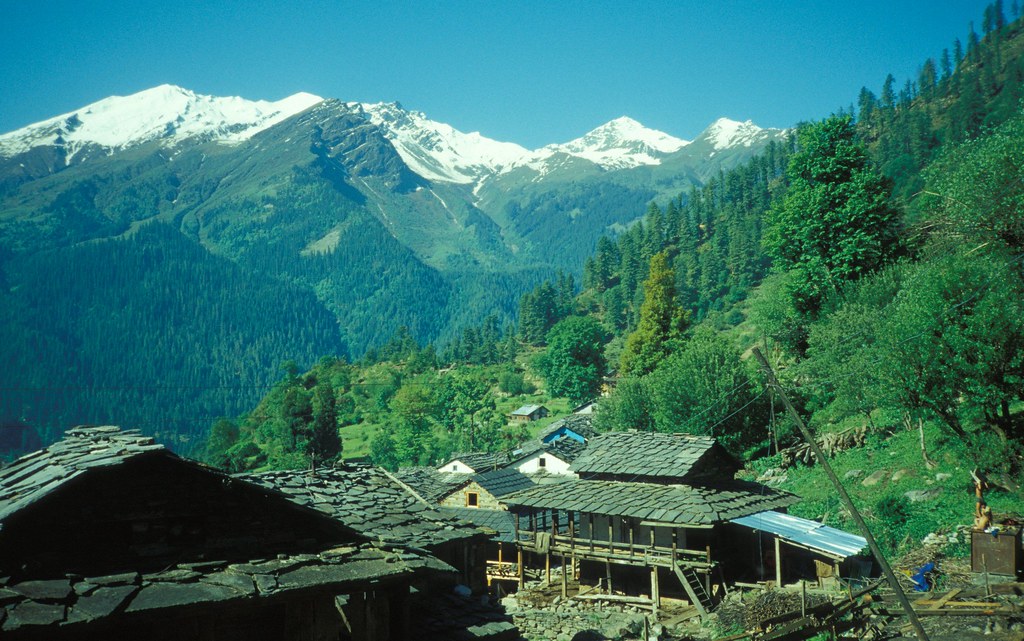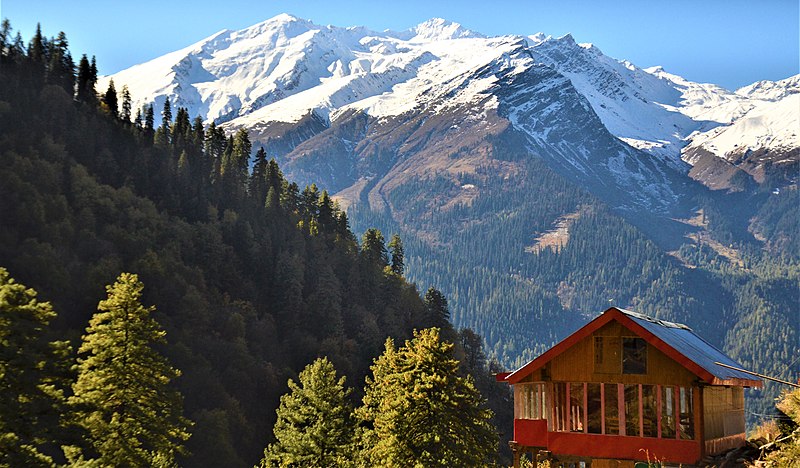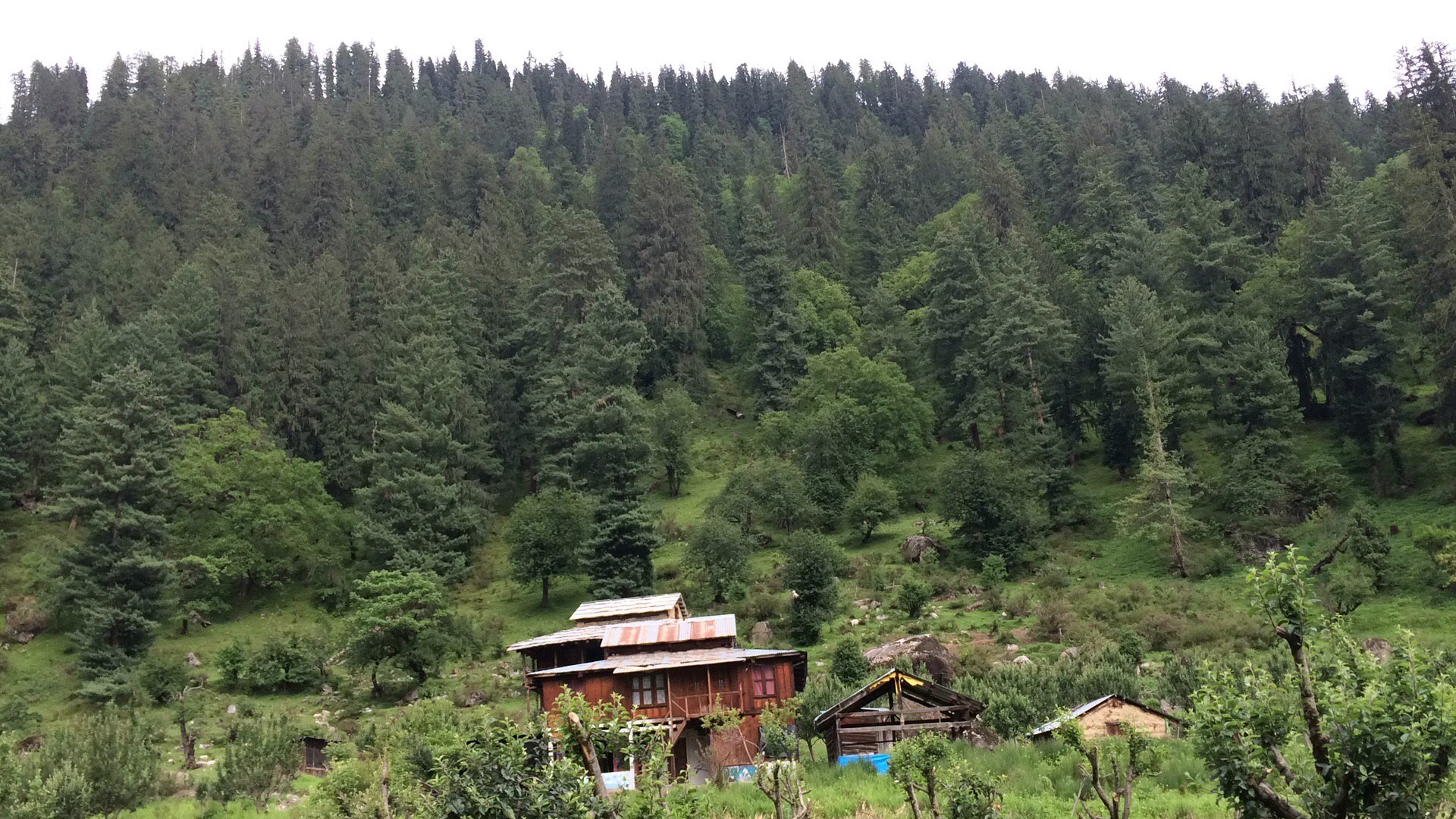Parvati Valley Destination Guide
For the uninitiated, Kasol is an umbrella term for everything the Parvati Valley offers. Culminating from the Pin Parvati Pass, the Parvati River creates a valley of unparallel beauty before joining the Beas at Bhuntar. On its 80km long journey, it breathes life into a range of beautiful villages, Kasol occupying only a speck on that route. Here is a comprehensive list of those mountain hamlets - each unique in its own right, each catering to a different type of traveler.
- KASOL

Source: Prateek, via Pixahive - CHALAL
The nearest alternative to Kasol is the hippie destination Chalal, often called the 'Mini Israel' of India. The bridge behind the Kasol market connects to this secluded village on the other side of the Parvati River. It takes 20 minutes to reach Chalal, passing by riverside boulders, tall pine trees, and stone-lined walls. Along with many guest houses, Chalal offers camps set up in the forest clearings right in the lap of nature. A laidback vibe than Kasol and lower cost further make this village a magnet for backpackers. - KATAGLA
Chosen often by those who wish to skip the crowd of Kasol and trance of Chalal, Katagla is a peaceful hamlet 3 km ahead of Kasol. With quaint hostels, homestays, and guest houses by the riverside, Katagla wins over those who seek to slow down and relax while still preferring easy accessibility. A 40 minutes' hiking trail skirting the river through the woods helps access this village from Kasol via Chalal. To reach Katagla, either walk through the forest route or get off the Bhuntar bus near Shani Mandir and descend to the river to find the hanging bridge leading to Katagla. - MALANA
Shadowed under the Chanderkhani Pass, the much-documented village of Malana is famed for its unique culture and for cultivating Cannabis as a cash crop. The people of Malana claim to be descendants of Alexander the Great's soldiers and the oldest democracy in the world. Owing to their self-proclaimed pure Aryan genes, they forbid outsider touch, with a fine applicable if you happen to touch their Jamlu Rishi temple. They speak Kanashi, a language different than Kullui or Pahadi spoken by other villages in the valley. Their eccentric beliefs, in addition to linguistic uniqueness, have made them the subject of much research. The easiest way to reach the secluded community is to take a bus or taxi from Jari and then commence on a 4 km trek from the end of the route. There are alternate longer routes from Rasol and Chanderkhani Pass. - RASOL
Situated high up in the mountains, Rasol is a sleepy hidden village at an altitude of 10000 ft. To reach Rasol, one needs to follow a steep trail from Chalal, which is equidistant from Katagla and Kasol. The three hours' trek passes through forests and streams, showcasing spectacular views of the Himalayas. Like Malana, the locals engage in cannabis agriculture that grows naturally in this region. The village has a temple that charges a fine - much like every other village of Parvati Valley - if outsiders were to enter its premises. Because the place is less explored, there are only a few homestays as an option for staying the night. - MANIKARAN

Source: Shelar Parth, via Pixahive
About 4 km ahead of Kasol, Manikaran is a small town that attracts both travelers and pilgrims due to its religious significance. The place is home to Manikaran Sahib Gurudwara, temples dedicated to Hindu deities, and a hot water spring said to have therapeutic properties. On a regular day, the Gurudwara receives thousands of footfalls, hosts langar for devotees and tourists alike, and witnesses people dipping in the thermal pool. This springwater of Manikaran has geothermal property owing to fissures in the valley that allows the water from the Parvati River to travel to hot rocks beneath the earth's surface and back up. - TOSH

Source: Sabamonin, via Flickr
Another hippie village up in the mountains above Barsheni - the last bus stop of Parvati valley - Tosh is reachable either on foot from there or by a hired car. From the parking spot at the entry point, continue on foot past a bridge into this settlement with no motorable roads. Its wooden houses, perched on a cliffside, overlook snow-clad peaks and verdant hills from an elevation of 7900 ft. If visiting outside of the peak tourist season, it is the perfect place for soul searching with a cup of warm tea in hand, immersing yourself in the breathtaking view of the mountainous landscape. - KUTLA

Source: Wikimedia Commons
It is understandable to crave solitude while staying at Tosh. For an offbeat sojourn, hike ahead for two to three hours (depending on your pace) to reach Kutla. A village further uphill, it is devoid of the crowd that has swamped Tosh in recent years. The unmarked trail to Kutla passes through waterfalls, pine trees, and occasional mountain huts. While half of the route is over an undulating landscape, the latter half turns into a steep climb. The reward is a cozy settlement blessed with lush green meadows, apple orchards, and towering alpine forests. With an elevation gain of 800 ft from Tosh, Kutla even provides a closer view of the snow-capped mountains. - NAKTHAN
Instead of going uphill from Barsheni towards Tosh, one needs to head towards the dam to find the trail to Nakthan. A 1.5 hours trek leads to this quaint village of apple farmers, filled with wooden houses and a traditional temple restricted to outsiders. The Rudranag temple, not to be confused with the village temple, is another half an hour's walk from Nakthan near a roaring waterfall. Situated at an advantageous location, Nakthan makes it convenient for trekkers on their way to Kheerganga to restock on refreshments ahead of the subsequent 6 kilometers to their destination. With a couple of guesthouses and homestays, the village is also apt for anyone looking to spend the night. - KHEERGANGA
One of the most coveted journeys of Parvati valley is a trek to Kheerganga. Three routes - via Nakthan, Kalga, or Tosh - lead to this beautiful plateau up in the mountains, the latter preferred by those spending the night there. The trail is suitable even for rookie trekkers, and day hikes are possible. It is a verdant route through alpine forests and passes by two waterfalls - one near the Rudranag temple and another further uphill near a cafe. Up at Kheerganga, you would find a temple dedicated to Lord Shiva, eateries that cater to hungry trekkers, and a thermal pool fed by natural hot sulfur springs. As of 2018, the government has banned tourist accommodations at Kheerganga to encourage responsible traveling and ecological conservation of the region. - KALGA AND PULGA

Source: Wikimedia Commons
From Barsheni, cross to the right bank of the Parvati River to find hiking trails to the secluded villages of Kalga and Pulga. Filled with wooden houses of the Kath-Kuni architecture, apple orchards, and green pastures, Kalga is a picture-perfect haven for anyone seeking tranquility. The village also provides an alternate route to Kheerganga. From Kalga (or through a direct path from Barsheni), one can reach Pulga following a well-marked trail. Situated on a lower altitude, Pulga is the commercialized sibling of Kalga. But it is nonetheless pretty with its green fields, wooden houses, and surrounding giant coniferous trees known as the Fairy Forest.

0 Comments Add a Comment?